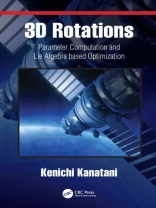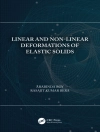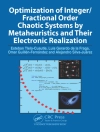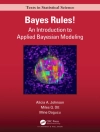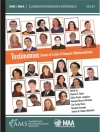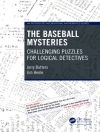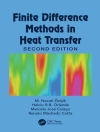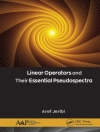3D rotation analysis is widely encountered in everyday problems thanks to the development of computers. Sensing 3D using cameras and sensors, analyzing and modeling 3D for computer vision and computer graphics, and controlling and simulating robot motion all require 3D rotation computation. This book focuses on the computational analysis of 3D rotation, rather than classical motion analysis. It regards noise as random variables and models their probability distributions. It also pursues statistically optimal computation for maximizing the expected accuracy, as is typical of nonlinear optimization. All concepts are illustrated using computer vision applications as examples.Mathematically, the set of all 3D rotations forms a group denoted by SO(3). Exploiting this group property, we obtain an optimal solution analytical or numerically, depending on the problem. Our numerical scheme, which we call the "Lie algebra method, " is based on the Lie group structure of SO(3).This book also proposes computing projects for readers who want to code the theories presented in this book, describing necessary 3D simulation setting as well as providing real GPS 3D measurement data. To help readers not very familiar with abstract mathematics, a brief overview of quaternion algebra, matrix analysis, Lie groups, and Lie algebras is provided as Appendix at the end of the volume.
Kenichi Kanatani
3D Rotations [PDF ebook]
Parameter Computation and Lie Algebra based Optimization
3D Rotations [PDF ebook]
Parameter Computation and Lie Algebra based Optimization
Cumpărați această carte electronică și primiți încă 1 GRATUIT!
Limba Engleză ● Format PDF ● Pagini 167 ● ISBN 9781000070668 ● Editura CRC Press ● Publicat 2020 ● Descărcabil 3 ori ● Valută EUR ● ID 7556372 ● Protecție împotriva copiilor Adobe DRM
Necesită un cititor de ebook capabil de DRM
